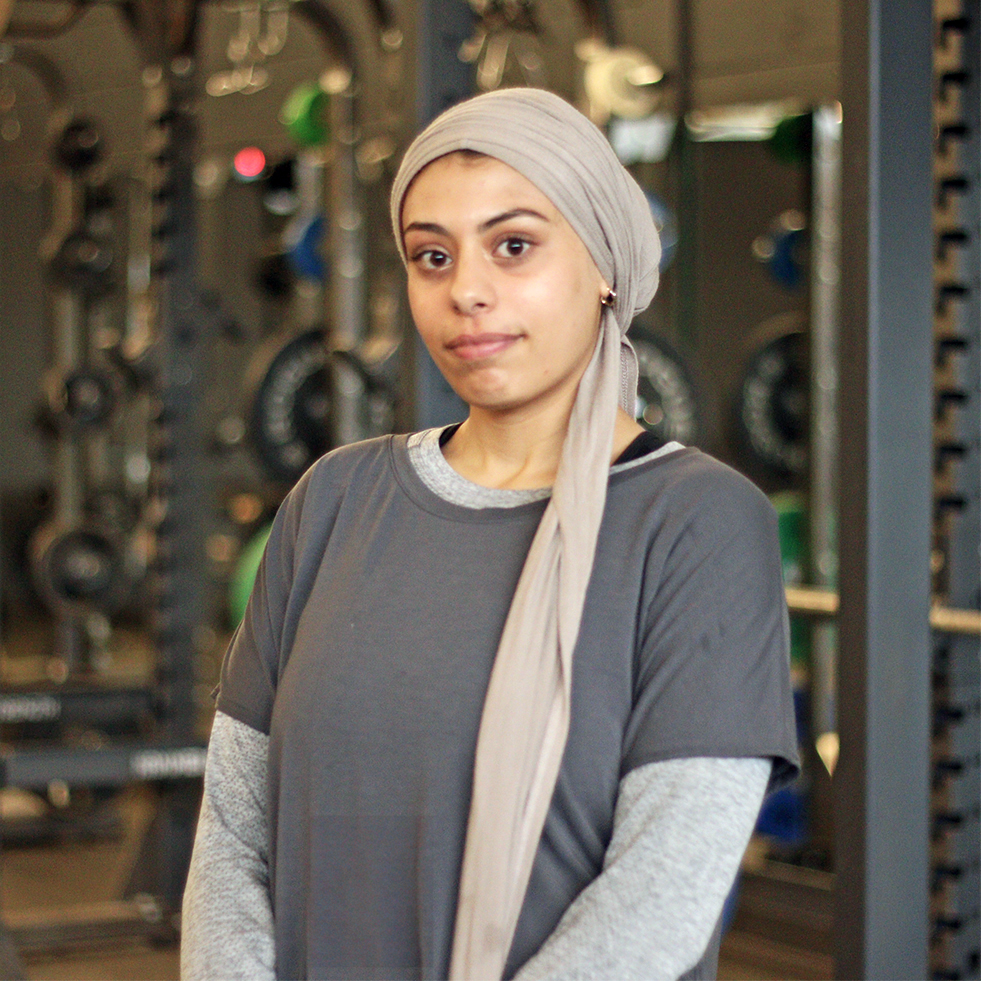Personal Trainer
Not Another Hip Flexor Stretch
A common misconception is that stretching is the best solution for tight hip flexors. While it can offer temporary relief, stretching doesn’t always address the root cause of the problem. Hip flexor tightness often results from muscle weakness or overuse. To effectively resolve this issue, it’s important to understand what’s causing it.
Why Your Hip Flexors Are Tight
Sedentary Lifestyle Causes Weakness
A leading contributor to hip flexor tightness is prolonged sitting. When you sit for extended periods, your hip flexors remain in a shortened, contracted position, which can lead to tightness over time. This lack of movement can also cause the muscles to weaken. Without regular engagement and movement through their full range of motion, your hip flexors can atrophy, impairing both their strength and function.
Poor Posture Causes Overuse
Hip flexor tightness can also stem from poor posture, particularly an anterior pelvic tilt (lordosis). A forward-tilted pelvis often stems from weak core muscles, which are responsible for stabilizing the spine. When the core is too weak to provide this support, the hip flexors must compensate, resulting in overuse and tightness. In these situations, stretching alone won’t address the imbalance—it’s the weakness that needs attention.
Is Stretching Bad?
Stretching isn’t harmful, and it can be useful if muscle tightness is the primary cause of discomfort. However, if your hip flexors are tight due to weakness or overuse, stretching alone won’t lead to long-term relief. In fact, stretching an overworked hip flexor can worsen the problem, possibly leading to pain in other areas, like the back or knees. This is why strength training, along with moving the hips through new ranges of motion, is essential for long-term hip health.
What Does Strength Training Do That Stretching Doesn’t?
Strength training for your hip flexors not only builds muscle strength but also improves posture and core stability. It can also enhance joint stability, power, and endurance—benefits that stretching alone cannot provide. While stretching helps maintain flexibility, relying on it without strengthening the muscles can give a false sense of mobility and increase the risk of injury. Strong hip flexors provide the foundation necessary for effective, deeper flexibility.
How to Strengthen a Weak Core
If you have a weak core, here are some lower abdominal exercise progressions to include in your workout. To build tonic strength (the ability of muscles to maintain continuous, low-level contraction over a long period), aim to perform each exercise for 120 seconds before moving on to the next progression.
Level 1: Low Ab Marching
Level 2: Dead Bug
Time to Strengthen Your Hip Flexors!
Now that you’ve addressed core strength, it’s time to train your hip flexors. Start with isolated exercises that target the hip flexors exclusively, and once you feel confident with these, progress to more integrated movements that challenge both the hip flexors and the core.
Level 1: Lying Hip Flexor March
You can start without any resistance and then gradually add a resistance band or use a cable machine. Place resistance on one foot while both feet are extended. Make sure your pelvis is in a neutral position, with most of your back touching the floor (there should only be enough space to slide two fingers under your lower back). Pull your knee toward your chest, hold for 3 seconds, then release.
Level 2: Mountain Climbers
For this exercise, use sliders under your feet or wear socks on a smooth surface. Start in a plank position, engaging your core and glutes to maintain a neutral pelvis. Tuck one knee toward your chest, then slide it back, alternating between feet.
Conclusion
While stretching can offer temporary relief for tight hip flexors, it’s not always the long-term solution, especially if weakness or overuse is the underlying issue. Strengthening your hip flexors and core is essential for improving posture, enhancing stability, and preventing further discomfort or injury. By focusing on building both muscle strength and endurance, you’ll not only address hip flexor tightness but also promote better overall mobility and functional fitness.
Incorporating a balanced routine of strength training and flexibility exercises ensures that your hips remain strong, mobile, and injury-free. If you’re struggling with tight hip flexors, it’s time to prioritize strength training and build the foundation your body needs to move and perform optimally.
Begin Your Journey with Us
Reach out to us for a complimentary consultation. We would be more than happy to offer some guidance to help you move forward on your journey. Sometimes taking the first step is the hardest, so don’t hesitate to get some help to kickstart the process. We all start somewhere.

